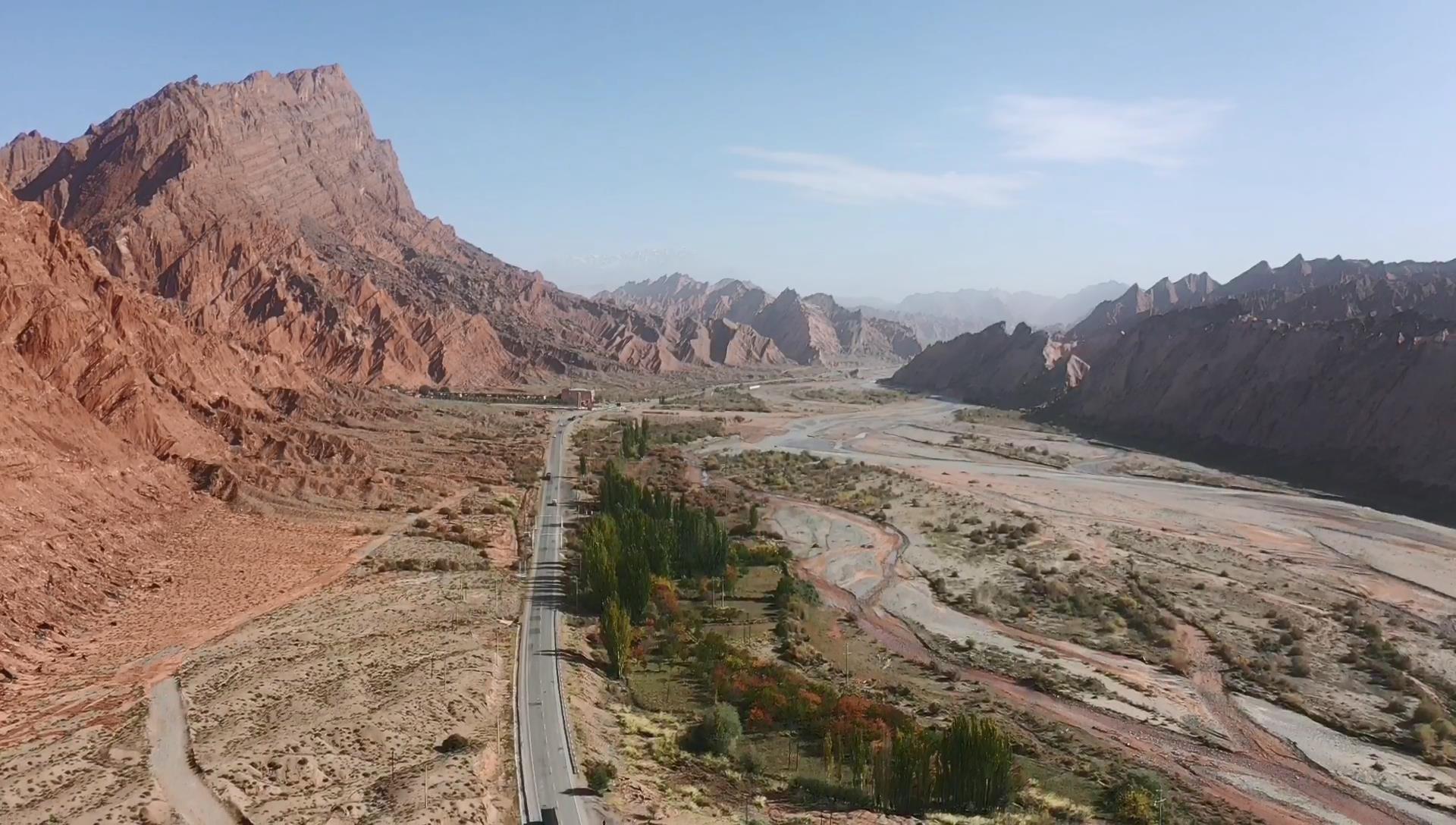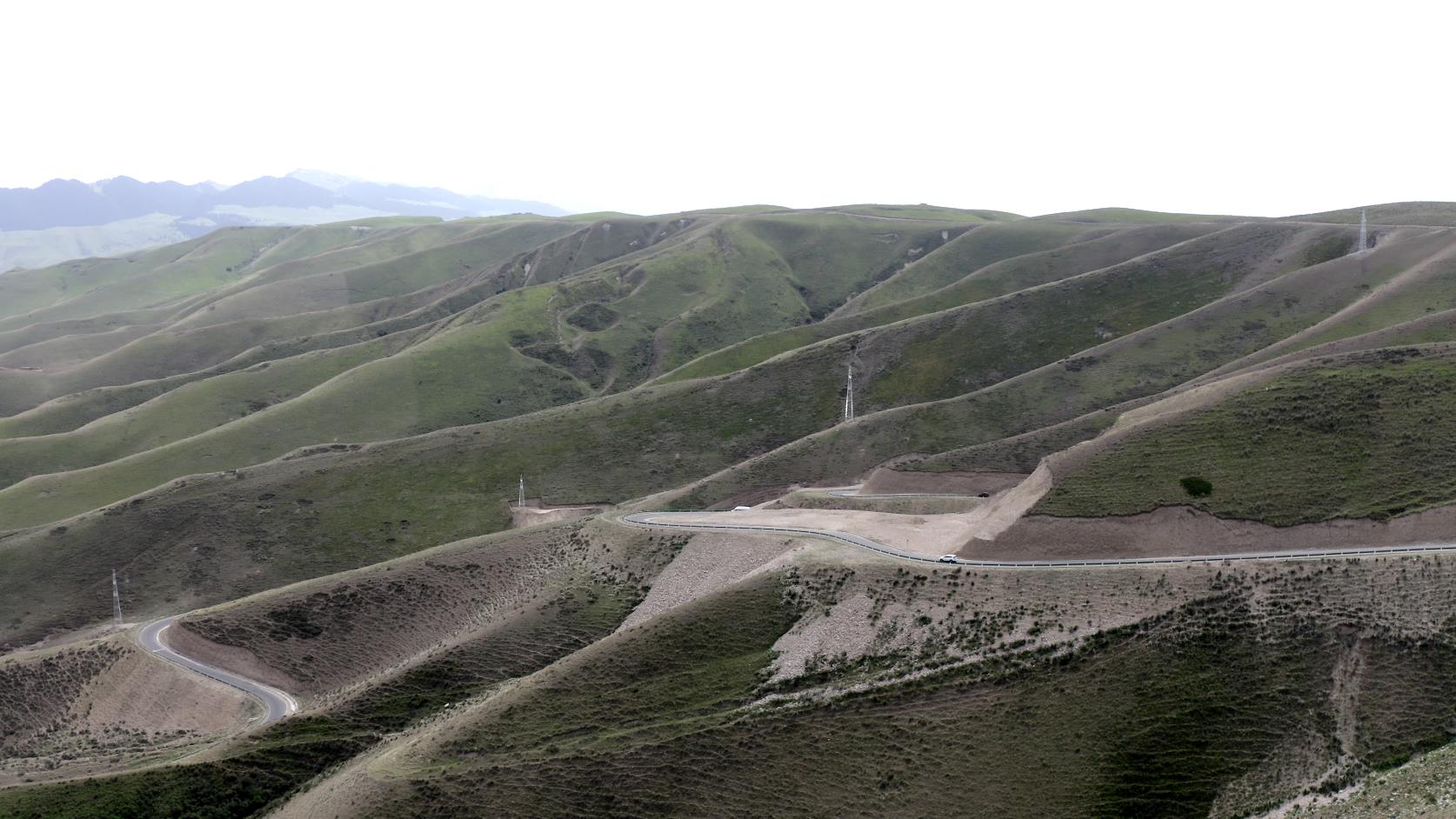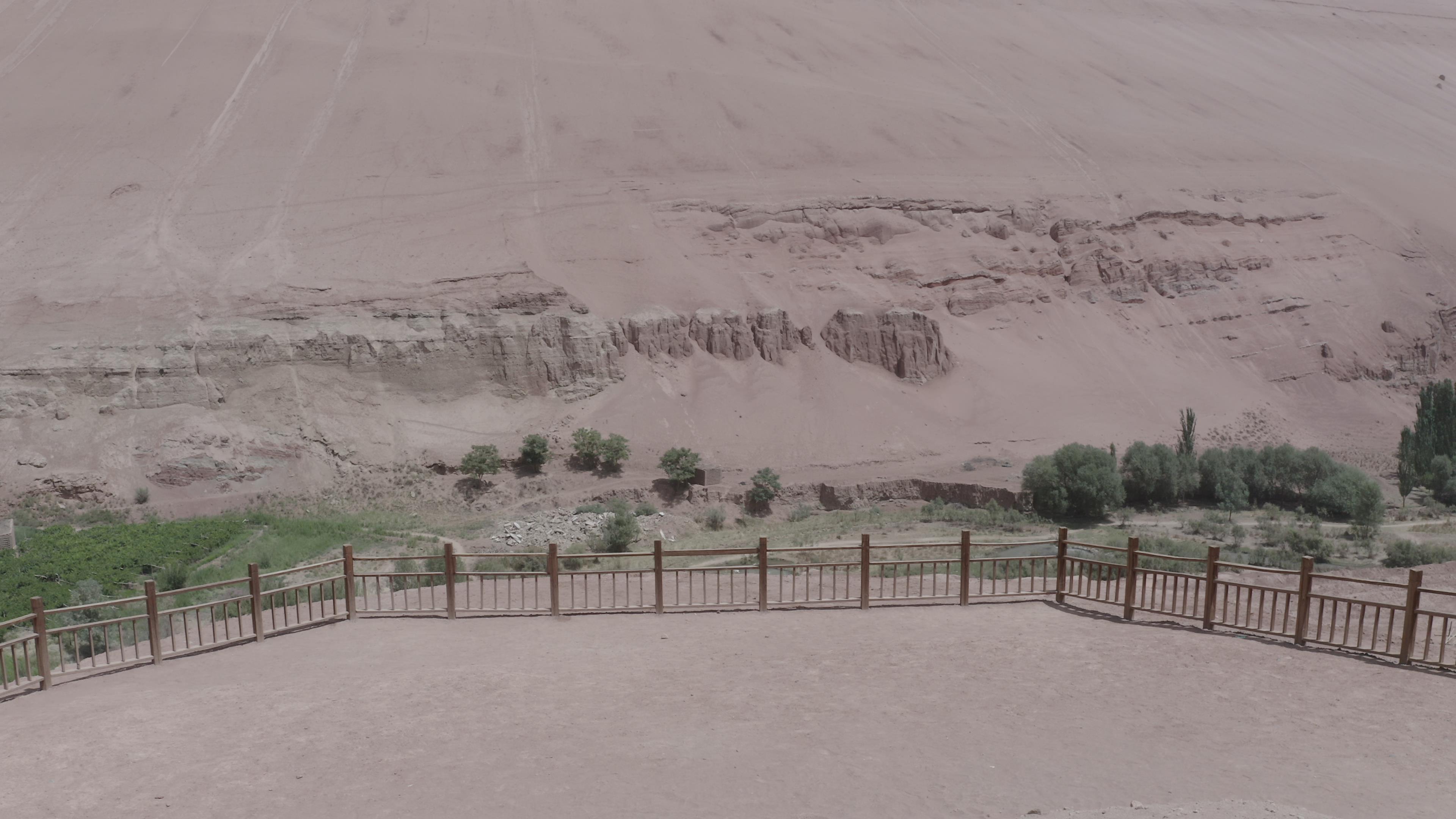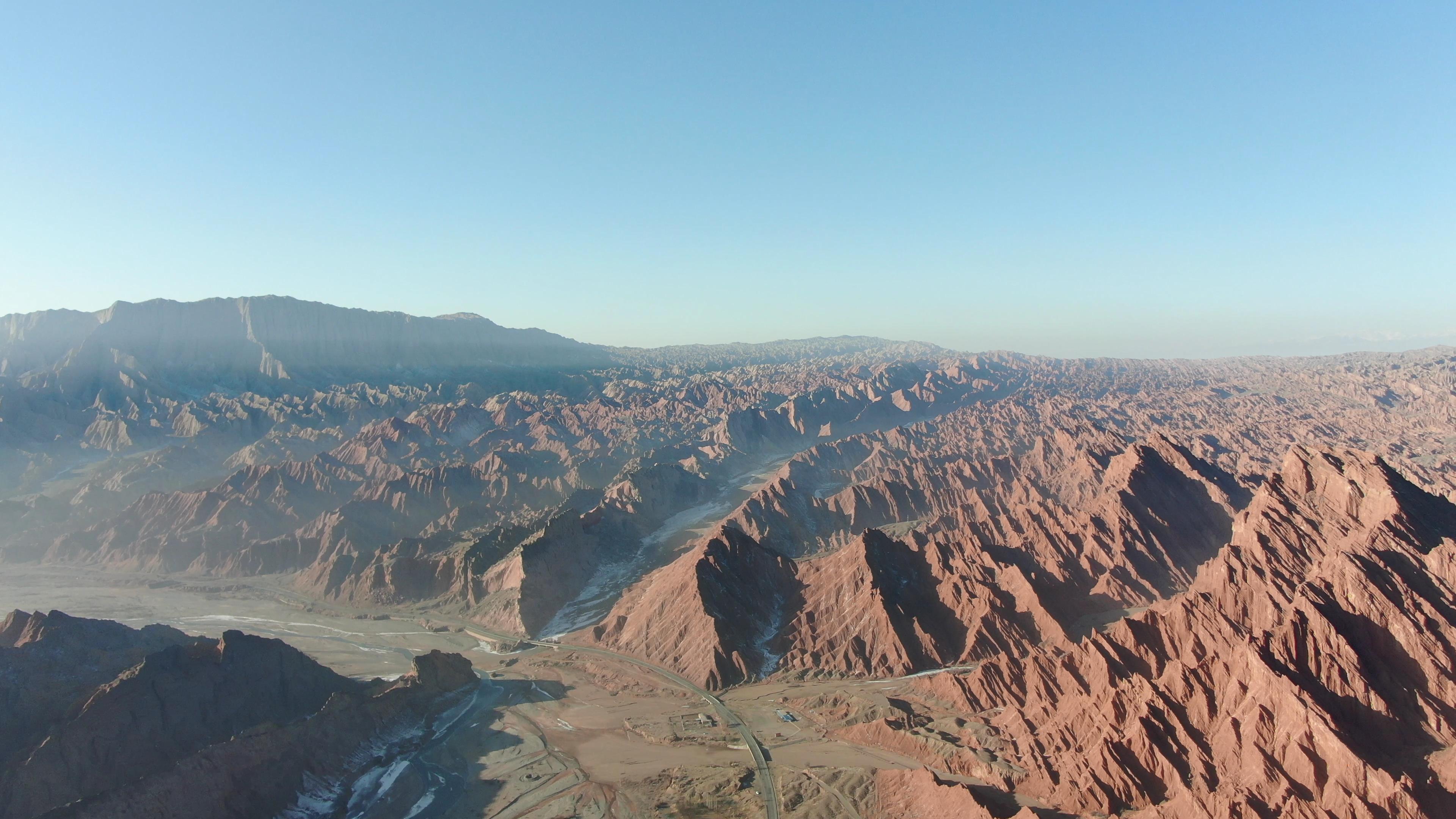Tourism in Xinjiang is divided into two major regions: southern Xinjiang and northern Xinjiang, each with its own unique natural scenery and cultural customs.?
Southern Xinjiang mainly showcases cultural customs and is not affected by the season. You can enjoy beautiful scenery at any time, but the best season is mid-to-late October each year, when you can admire the golden leaves of the poplar forest, like a golden fairy tale world. The attractions in southern Xinjiang include the Kashgar Old Town, where you can travel through a thousand-year-old time tunnel and feel the enthusiasm of the Uyghurs and the tranquility of the old town; the Taklamakan Desert, where you can drive an off-road vehicle across the sand sea and experience excitement and thrills; and the Kizil Thousand Buddha Caves, where the stories on the murals tell of the glory of ancient Western Regions.?

Northern Xinjiang mainly offers natural landscapes, and the best travel time depends on the scenery you want to see. March to April is the most beautiful apricot blossom season in Yili; May to August is the most suitable season in northern Xinjiang, where you can see the flower sea and grasslands of Altay and Yili; mid-to-late September to early October is the most beautiful autumn scenery season along Altay; and December to March of the next year is the beautiful ice and snow season in Xinjiang. The attractions in northern Xinjiang include the Kanas Lake, Sayram Lake, and other alpine lakes with clear water like a mirror and beautiful scenery around; there are also many grasslands such as Xiata and Nalati, where grasslands meet forests and the scenery is pleasant; in addition, there are geological wonders such as the unique wind erosion landform of the Devil’s City.?
In general, southern Xinjiang and northern Xinjiang each have their own unique characteristics. Tourists can choose suitable tourist areas and seasons according to their time and interests.?






